Sciatica Relief Through Targeted Spinal Decompression Techniques
October 26, 2025
9 min

Understanding Sciatica and Its Impact
Sciatica is a common yet often debilitating condition characterized by pain radiating from the lower back down the leg, resulting from pressure or irritation of the sciatic nerve. Affecting up to 40% of adults at some point, sciatica stems from various spinal issues including herniated discs, spinal stenosis, and degenerative disc disease. This article explores how targeted spinal decompression techniques, both nonsurgical and surgical, offer promising pathways for relief by specifically addressing the underlying causes of nerve compression and promoting natural healing.
The Nature and Causes of Sciatica

What is sciatica and what causes it?
Sciatica is a condition characterized by pain that occurs due to irritation or compression of the sciatic nerve. This nerve is the longest and thickest nerve in the body, extending from the lower back, passing through the buttocks, and running down each leg. When this nerve is affected, it can cause a range of uncomfortable symptoms.
Common symptoms of sciatica
The symptoms typically include sharp, burning, or electric shock-like pain radiating from the lower back, through the buttock, and down the leg. Accompanying signs often include numbness, tingling sensations (pins and needles), muscle weakness, and in severe cases, loss of bladder or bowel control. Learn more about symptoms of sciatica.
Primary causes
Sciatica commonly results from conditions that place pressure on or irritate the sciatic nerve roots. These causes include herniated or bulging discs where the soft center protrudes to press on nerve roots, spinal stenosis which is narrowing of the spinal canal, degenerative disc disease, and bone spurs. For more detailed info on common causes of sciatica.
Risk factors and prevalence
Sciatica affects as many as 40% of adults, most commonly occurring between ages 30 to 50. Risk factors contributing to sciatica include aging-related wear and tear, obesity, poor core strength, jobs that involve heavy lifting or prolonged sitting, physical inactivity, diabetes, and tobacco use. Men are more prone to herniated discs than women, with a two-to-one ratio. Explore risk factors for sciatica.
Understanding these aspects helps in early recognition and effective management of sciatica symptoms and treatment options, improving patient outcomes through appropriate treatments and lifestyle adjustments.
Principles and Mechanisms of Spinal Decompression Therapy

What Is Spinal Decompression Therapy and What Are Its Types?
Spinal decompression therapy is a nonsurgical spinal decompression treatment aimed at relieving pressure on compressed spinal nerves. It involves gently stretching the spine to create more space between vertebrae. There are two primary types of spinal decompression: lumbar and cervical. Both use computerized systems to modulate tension, targeting specific areas of the spine for decompression.
How Does Spinal Decompression Reduce Pressure on the Nerves?
By stretching the spine delicately, spinal decompression therapy creates a negative pressure disc therapy effect inside the intervertebral discs. This suction effect can retract herniated or bulging disc material away from nerve roots, especially the sciatic nerve. This process reduces nerve compression, alleviating pain, tingling, and other relieving sciatica symptoms. Additionally, it promotes the flow of water, oxygen, and nutrients into the discs, supporting healing intervertebral discs and disc rehydration.
What Is the SpineMED® System and How Does It Affect Disc Health?
The SpineMED® system is a computerized traction table used in spinal decompression therapy. It gently applies controlled, intermittent stretching forces to the spine, leveraging the negative pressure phenomenon inside discs. This carefully regulated treatment encourages damaged disc material to retract, improving disc shape and function. Enhanced nutrient transport within discs fosters natural regeneration and inflammation reduction.
What Are the Typical Treatment Protocols and Safety Considerations?
Treatment sessions generally last 30 to 45 minutes, with patients lying fully clothed on a mechanical spinal decompression table secured with harnesses. A full therapy course usually involves 15 to 30 sessions over 4 to 6 weeks. Spinal decompression is considered safe for most patients but is contraindicated in certain cases, such as pregnancy, advanced osteoporosis, spinal fractures, tumors, or metal spinal implants. Careful patient evaluation and adherence to protocols minimize risks and maximize therapeutic benefits.
How does spinal decompression therapy work to relieve sciatica?
Spinal decompression therapy uses gentle, computerized traction to stretch the spine, creating negative pressure within spinal discs. This helps retract herniated or bulging discs, alleviating pressure on the sciatic nerve. The reduced pressure promotes fluid and nutrient flow into discs, aiding healing and reducing inflammation.
Clinical Effectiveness and Patient Outcomes of Spinal Decompression

What evidence supports the effectiveness of spinal decompression therapy for sciatica?
Clinical studies and patient reports suggest that spinal decompression therapy offers meaningful relief for many individuals suffering from sciatica. Research has shown reductions in pain levels and improvements in mobility following a series of treatment sessions. For instance, some controlled trials found that about 68% of patients experienced symptom improvement compared to control treatments. Additionally, patients commonly report enhanced quality of life and decreased reliance on pain medications after therapy.
How do patient-reported outcomes reflect the benefits of spinal decompression?
Many patients undergoing spinal decompression therapy describe significant decreases in sciatic pain and numbness. They often note improved flexibility and ability to perform daily activities with less discomfort. These positive subjective experiences align with observations of reduced nerve compression and better disc health promoted by the therapy’s negative pressure mechanism.
How does spinal decompression compare with alternative and traditional treatments?
Spinal decompression offers a non-surgical option that specifically targets nerve compression through gentle spinal stretching and negative pressure within discs. Compared to traditional physical therapy, chiropractic care, or acupuncture, decompression uniquely focuses on disc rehydration and nerve decompression. While surgical options may provide rapid relief in severe cases, decompression therapy is less invasive and suits patients seeking conservative treatment before surgery. For more on surgical and nonsurgical options, see WebMD’s overview.
What limitations and scientific controversies exist regarding spinal decompression?
Despite promising results, the scientific community notes that evidence quality for spinal decompression is limited. Most studies are small scale or lack rigorous controls, with only one small randomized controlled trial available. Some research is potentially biased due to funding sources and publication in less robust journals. Additionally, adverse events, though rare, have been reported. Because of these limitations, spinal decompression is not universally accepted as a standard treatment, and further research is needed to confirm its efficacy.
Overall, spinal decompression represents a promising but still evolving treatment for sciatica. Patients and clinicians should weigh current evidence against individual health factors and available alternatives when considering this therapy.
Integrating Spinal Decompression with Stretching and Exercise for Optimal Relief

How can stretching and physical therapy complement spinal decompression therapy for sciatica relief?
Stretching exercises are vital in easing sciatica symptoms by targeting muscles that contribute to nerve compression, such as the piriformis. This reduces muscle tension and pressure on the sciatic nerve, enabling better spinal flexibility and alignment.
Spinal decompression therapy works by gently stretching the spine to create space between vertebrae, which alleviates nerve pressure. When combined with stretching, it helps maintain the decompressed nerve pathways and supports improved posture, making relief more durable.
Physical therapy plays an important role by prescribing individualized exercises that strengthen the core muscles, improve range of motion, and correct posture. This comprehensive approach helps prevent future episodes and supports overall spine health.
Recommended stretches for sciatica
- Piriformis stretch: Relaxes the piriformis muscle, relieving pressure on the sciatic nerve.
- Knee-to-chest stretch: Encourages flexibility in the lower back and hips.
- Cat-Cow stretch: Promotes spinal flexibility and relieves tension.
- Cobra stretch: Opens the lower back, reducing nerve compression.
- Child’s Pose: Gently elongates the spine and alleviates lower back tightness.
Examples of effective exercises
- Glute Bridge: Strengthens gluteal muscles to support the lower back.
- Clamshell: Targets hip muscles to stabilize the pelvis.
- Bird-Dog: Enhances core stability and spinal balance.
Regular practice of these exercises and stretches can boost healing, enhance mobility, and reduce pressure on the sciatic nerve.
Role of physical therapy in comprehensive care
Physical therapists evaluate individual conditions and customize exercise regimens to complement spinal decompression therapy effectively. They provide guidance on safe stretching techniques and monitor progress to ensure long-term improvement. This personalized care fosters recovery, reduces pain, and aids in preventing sciatica’s recurrence.
Suitability, Risks, and Considerations in Choosing Spinal Decompression Therapy
Who is an ideal candidate for spinal decompression therapy and what are the risks?
Spinal decompression therapy is most suitable for patients experiencing sciatica due to herniated or bulging discs, spinal stenosis, degenerative disc disease, or facet syndrome, especially when conservative treatments like physical therapy and medications have not provided adequate relief. Candidates should be adults without severe spinal abnormalities or complicating health issues.
Patient selection criteria
Ideal candidates are individuals who:
- Have persistent lower back pain radiating to the legs with confirmed disc problems or nerve compression.
- Are able to lie still for treatment sessions lasting 30 to 45 minutes.
- Do not have severe spinal deformities or previous spinal surgery that preclude non-invasive therapy.
Contraindications including pregnancy and osteoporosis
Certain conditions make spinal decompression unsuitable, including:
- Pregnancy, due to possible risks to both mother and fetus.
- Advanced osteoporosis or spinal fractures, as the bones may not tolerate the traction forces.
- Presence of spinal tumors, spinal infections, abdominal aortic aneurysms, or metal implants in the spine.
- Conditions like spondylolisthesis or ankylosing spondylitis where vertebral instability exists.
Potential risks and side effects of nonsurgical and surgical options
Nonsurgical spinal decompression: Generally considered safe spinal decompression therapy with minimal risks. However, rare adverse effects include worsening of symptoms, bruising, or temporary discomfort caused by traction.
Surgical decompression: Reserved for severe or persistent nerve compression cases. Risks include infection, bleeding, blood clots, allergic reactions to anesthesia, nerve or tissue damage, and the possibility of incomplete pain relief. Recovery may require hospitalization and physical therapy. For details, see spinal decompression surgery.
Alternatives and when surgery is indicated
Before surgery, less invasive options include:
- Physical therapy, chiropractic care, acupuncture, and medications.
- Steroid injections to reduce inflammation.
Surgery is typically considered when:
- There is significant weakness, loss of bladder or bowel control.
- Conservative therapies fail after a reasonable period.
- Imaging shows severe nerve compression requiring urgent intervention.
Patients should consult healthcare providers to tailor treatment plans considering individual health status and specific spinal conditions.
Future Directions and Comprehensive Management Strategies for Sciatica
Emerging Trends in Minimally Invasive Decompression Techniques
Advances in spinal decompression now include minimally invasive surgical options that reduce damage to paraspinal musculature and lower risks of lumbar instability issues compared to traditional open surgeries. These techniques utilize improved visualization and spinal instrumentation systems to enhance patient outcomes while minimizing recovery time.
Importance of a Multidisciplinary Approach
Successfully managing sciatica often requires a holistic strategy. Combining spinal decompression — both surgical and nonsurgical spinal decompression — with physical therapy, chiropractic care, acupuncture, and medication allows for tailored treatment. This multidimensional approach addresses nerve compression and promotes healing, while also managing pain and improving mobility.
Prevention and Self-Care Methods
Preventive measures play a vital role in reducing sciatica incidence and recurrence. Maintaining proper posture, managing body weight, avoiding prolonged sitting, and quitting smoking are key. Engaging in regular core-strengthening exercises and protecting the spine from injury also support long-term spinal health.
Balancing Activity and Rest for Lasting Relief
A balanced routine of activity and rest is crucial for sustainable sciatica relief. While short-term rest can help reduce acute pain, prolonged inactivity may worsen symptoms by weakening muscles. Gentle stretching, spinal decompression therapy sessions, and low-impact exercises like walking and swimming can enhance flexibility and decrease nerve irritation.
Together, these evolving decompression techniques and comprehensive care strategies offer hope for improved outcomes in sciatica treatment. Patient education on self-care and balanced activity ensures lasting recovery and quality of life.
Achieving Lasting Sciatica Relief Through Targeted Spinal Decompression
Spinal decompression therapy presents a compelling non-invasive treatment alternative for those suffering from sciatica by addressing the root mechanical causes of nerve compression. When combined with targeted stretching exercises and guided physical therapy, it offers a multifaceted approach that promotes healing, restores mobility, and improves quality of life. Though current scientific evidence highlights promising benefits, patient suitability and cautious evaluation remain vital to ensure safety and effectiveness. As technology advances, integrating spinal decompression into comprehensive management plans tailored to individual needs holds significant promise for providing enduring relief from the often debilitating symptoms of sciatica.
Recent articles
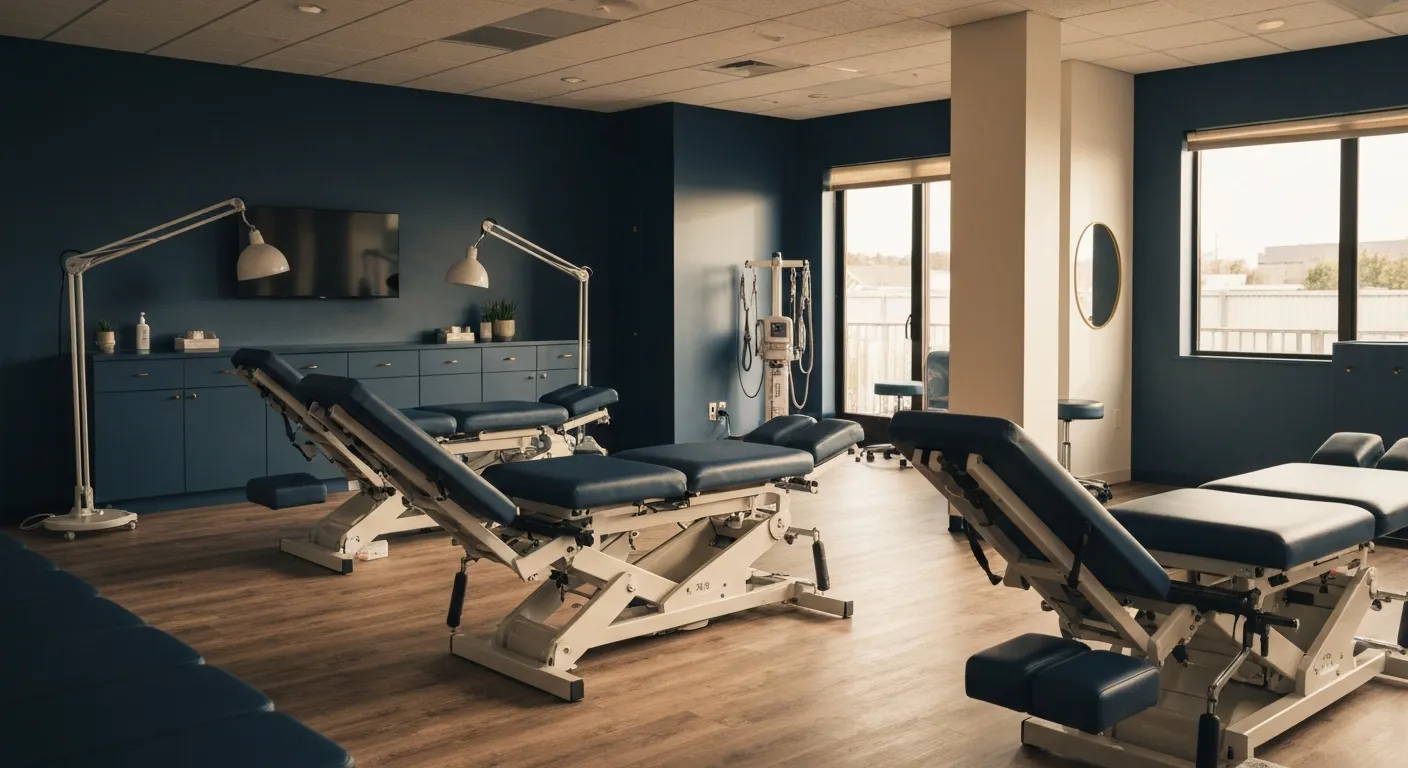
Long-Term Pain Relief Through Targeted Corrective Exercises

10 Benefits of Integrating Physiotherapy with Chiropractic Treatments

Corrective Exercises That Help Prevent Recurring Pain

8 Corrective Exercises Proven for Lasting Pain Relief

Lifestyle Habits for Maintaining a Healthy Spine
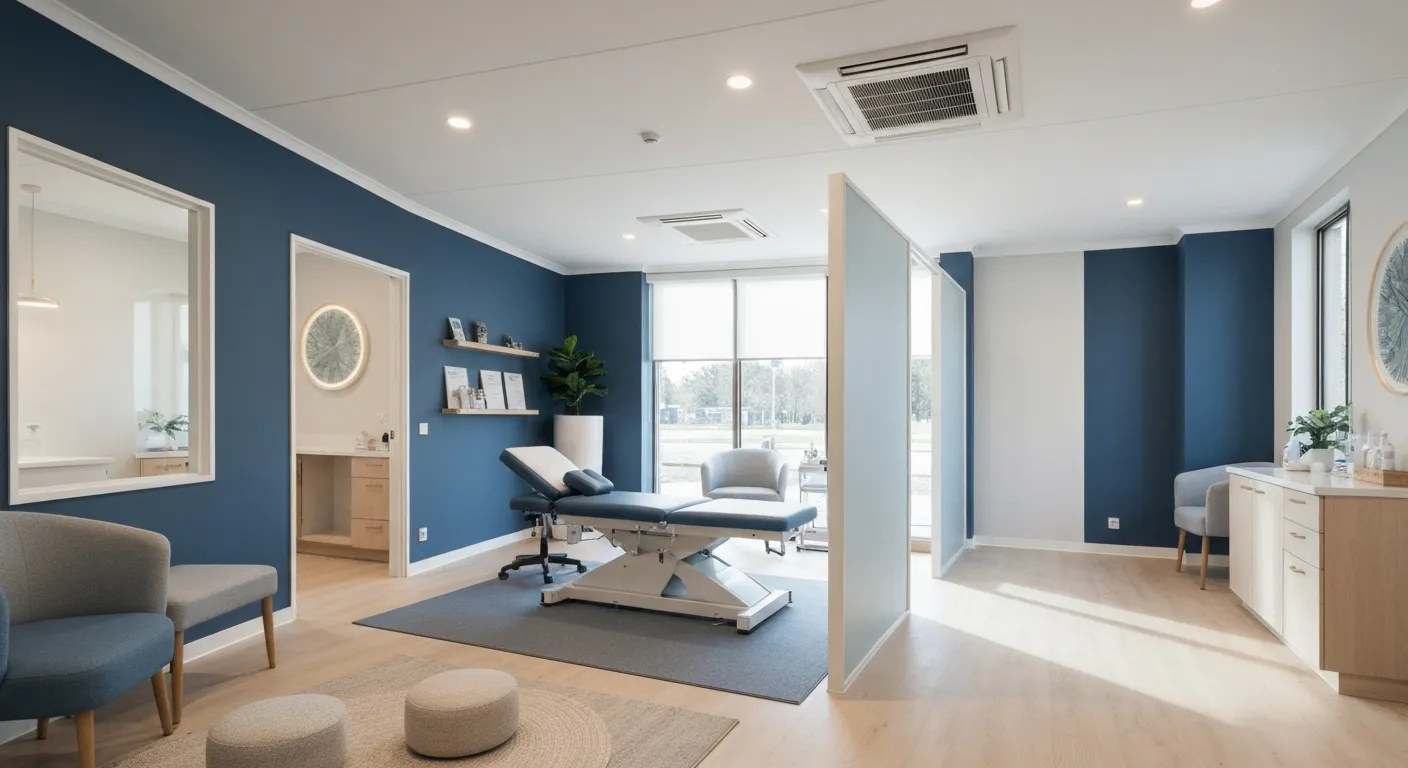
What You Will Experience at Your Initial Chiropractic Visit
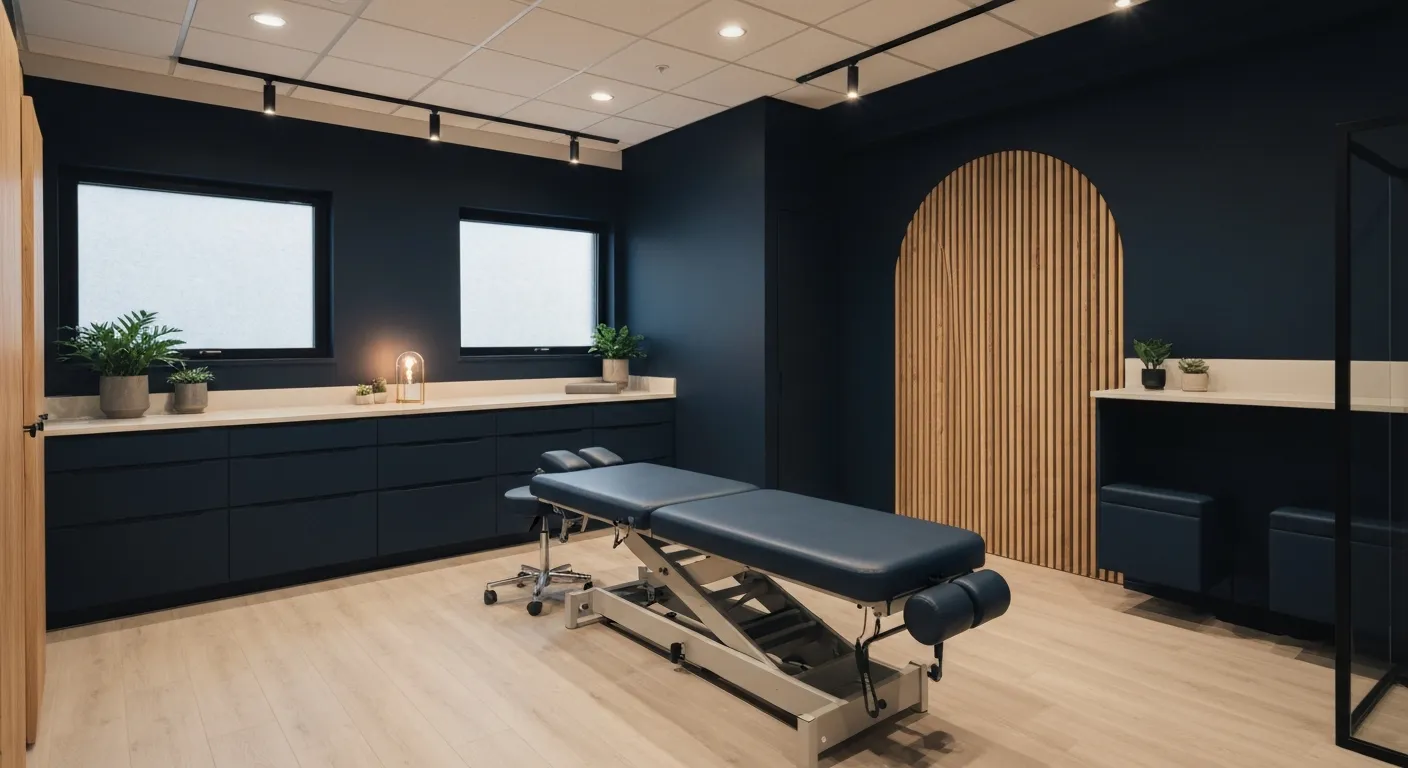
What Happens at Your First Visit to a Chiropractor?
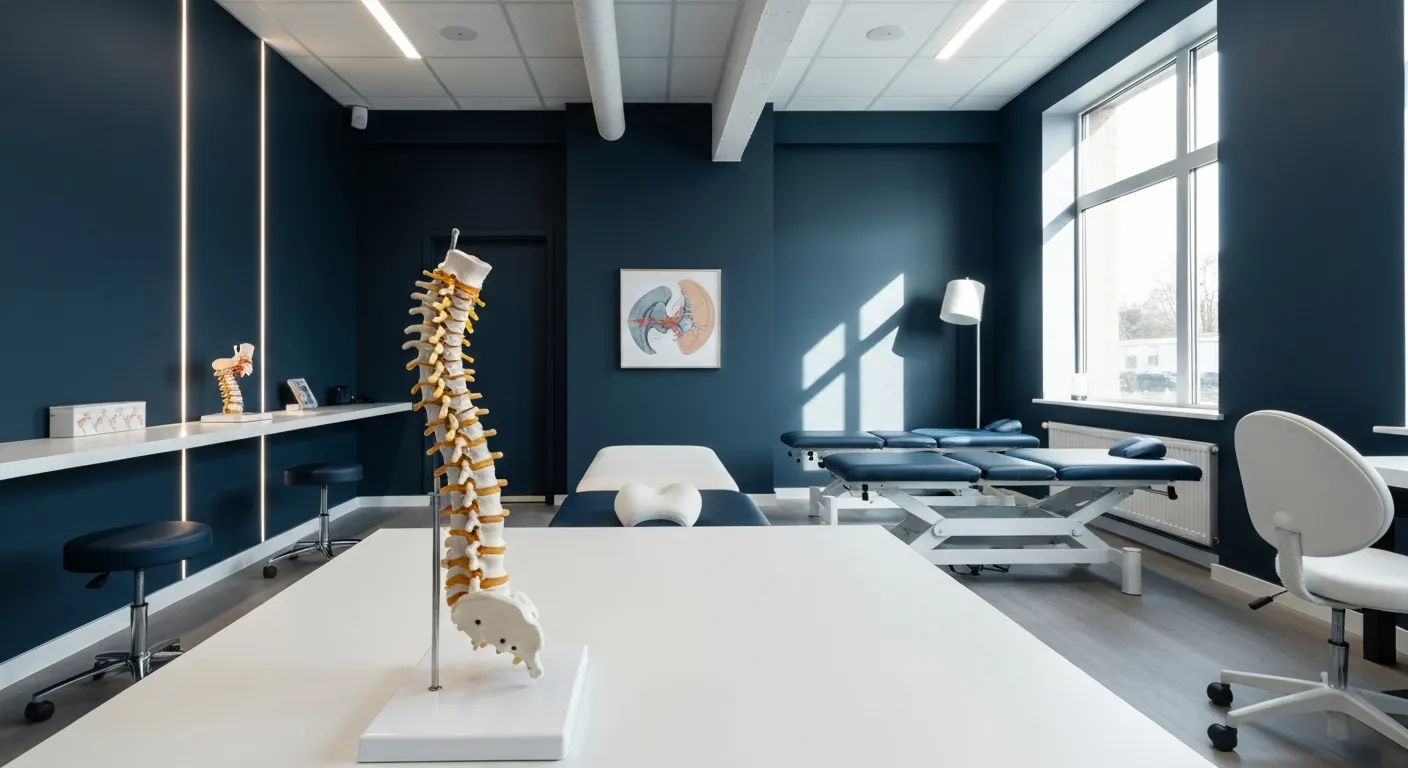
Focusing on Root Cause Analysis for Effective Pain Relief
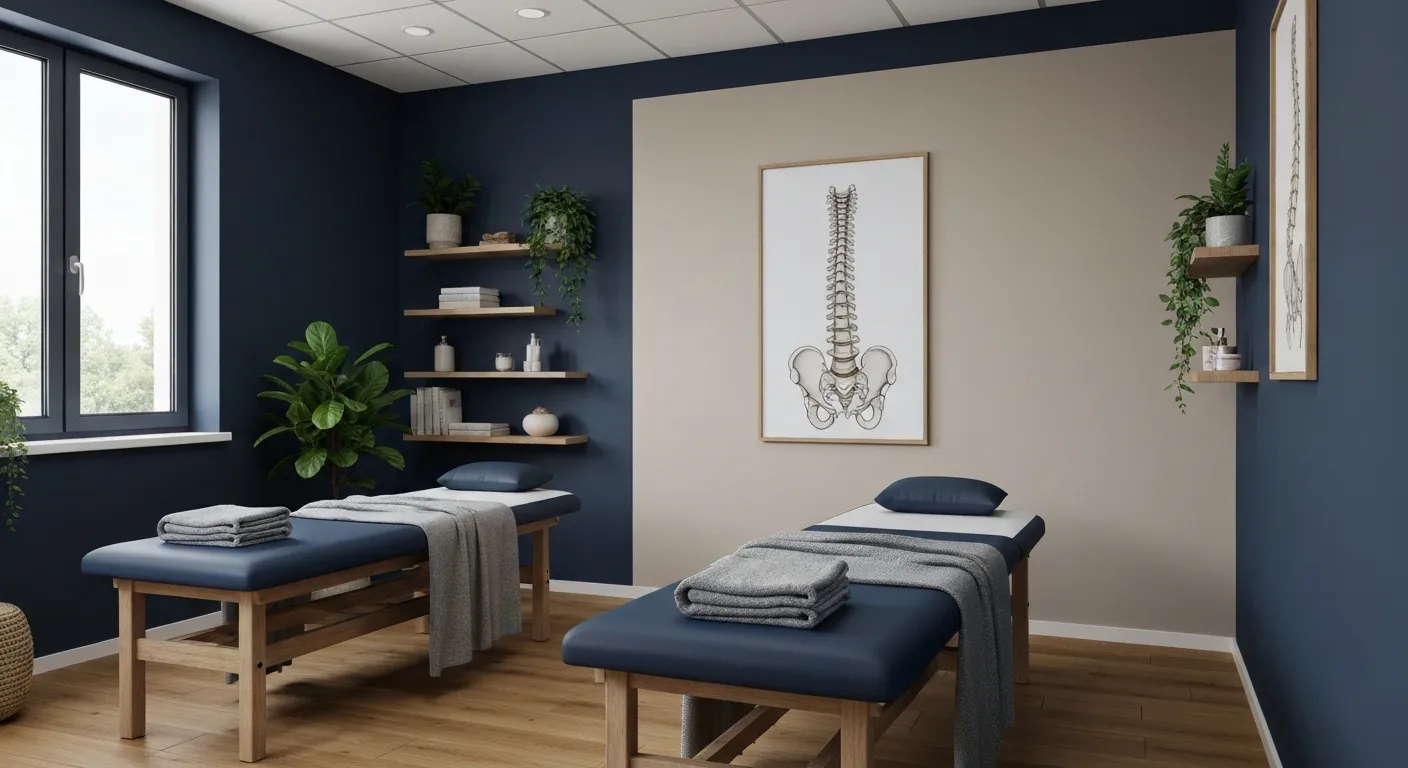
Tips for Lifestyle Changes to Support Spinal Health

Holistic Treatment Plans: Alternatives to Surgery for Chronic Pain
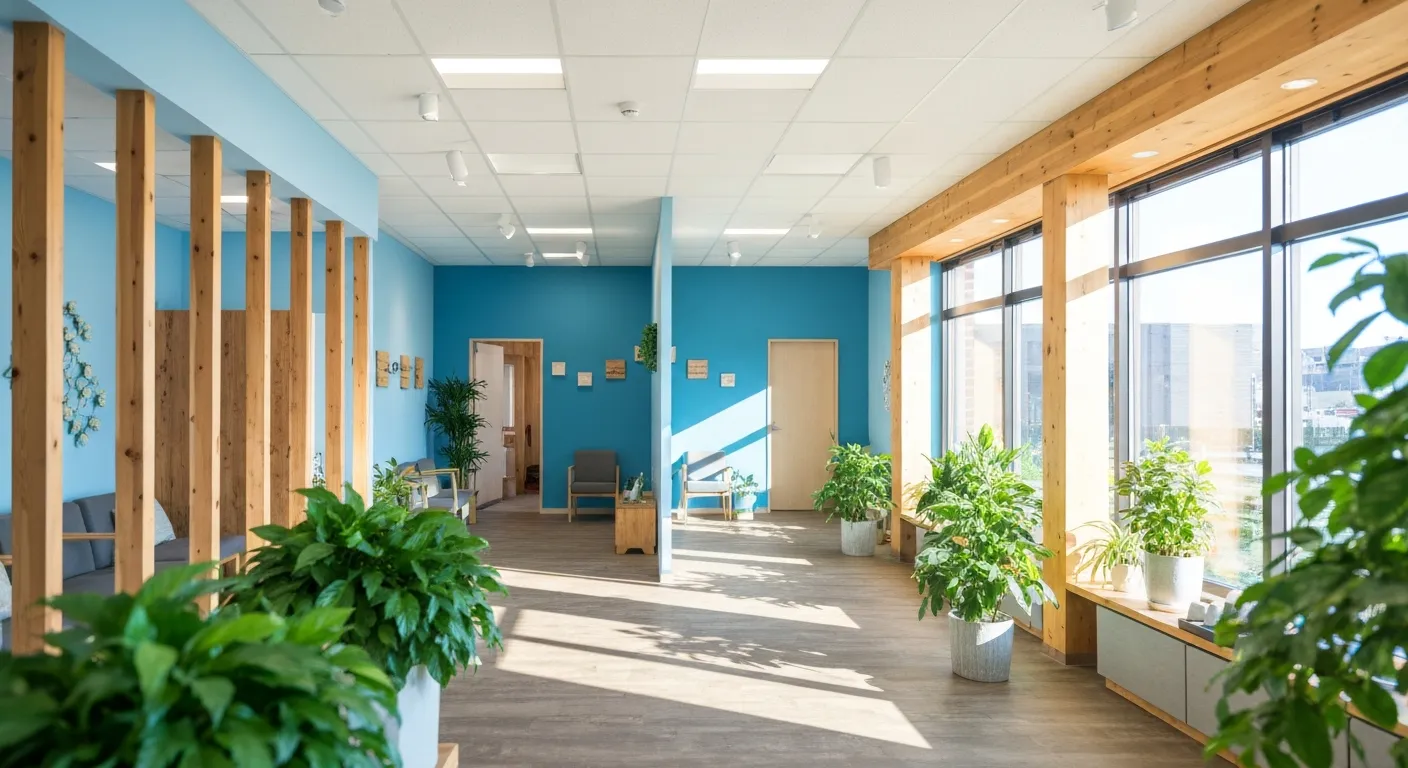
Enhance Wellness Through Personalized Nutritional Counseling

Non-Invasive Pain Relief: Exploring Holistic Treatment Alternatives
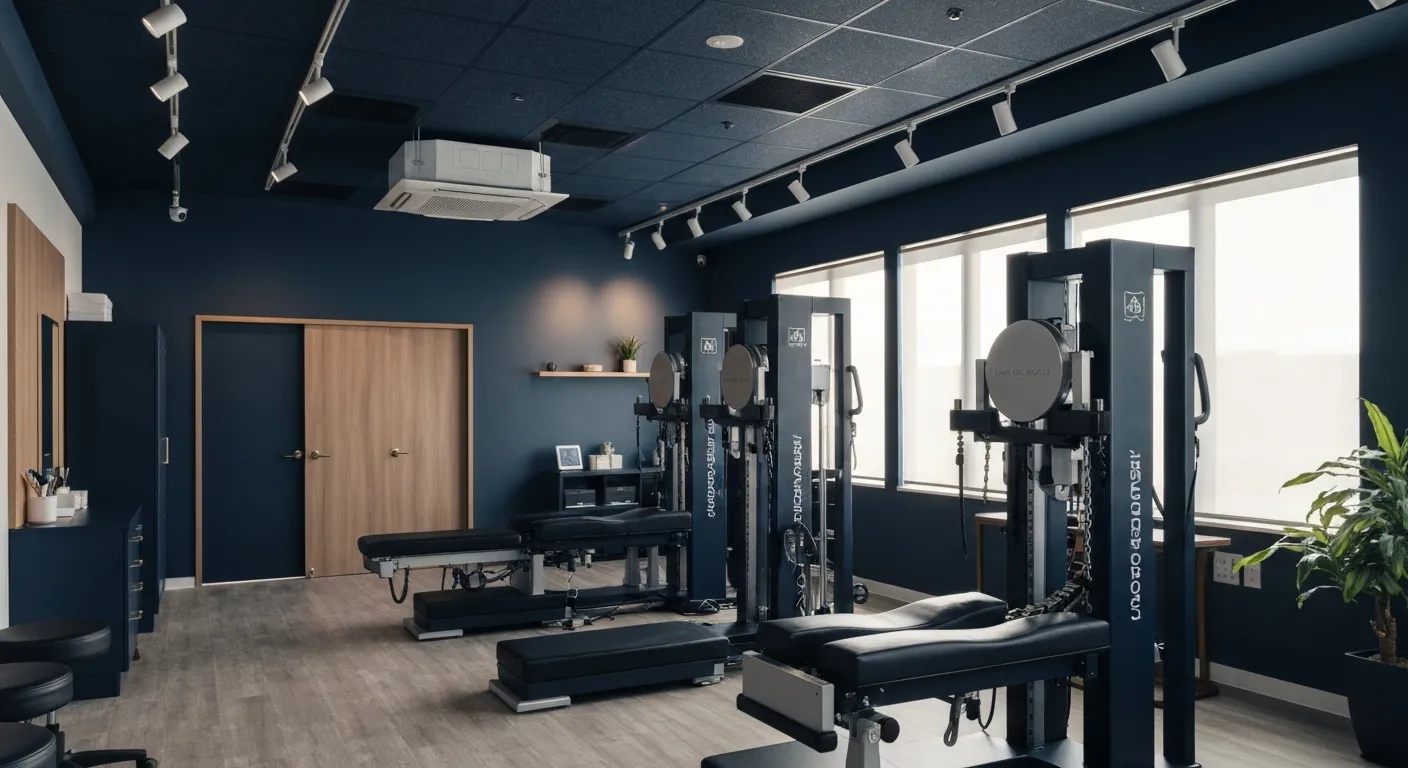
Sciatica Relief Through Targeted Spinal Decompression

Integrating Physiotherapy with Chiropractic Treatments for Better Results
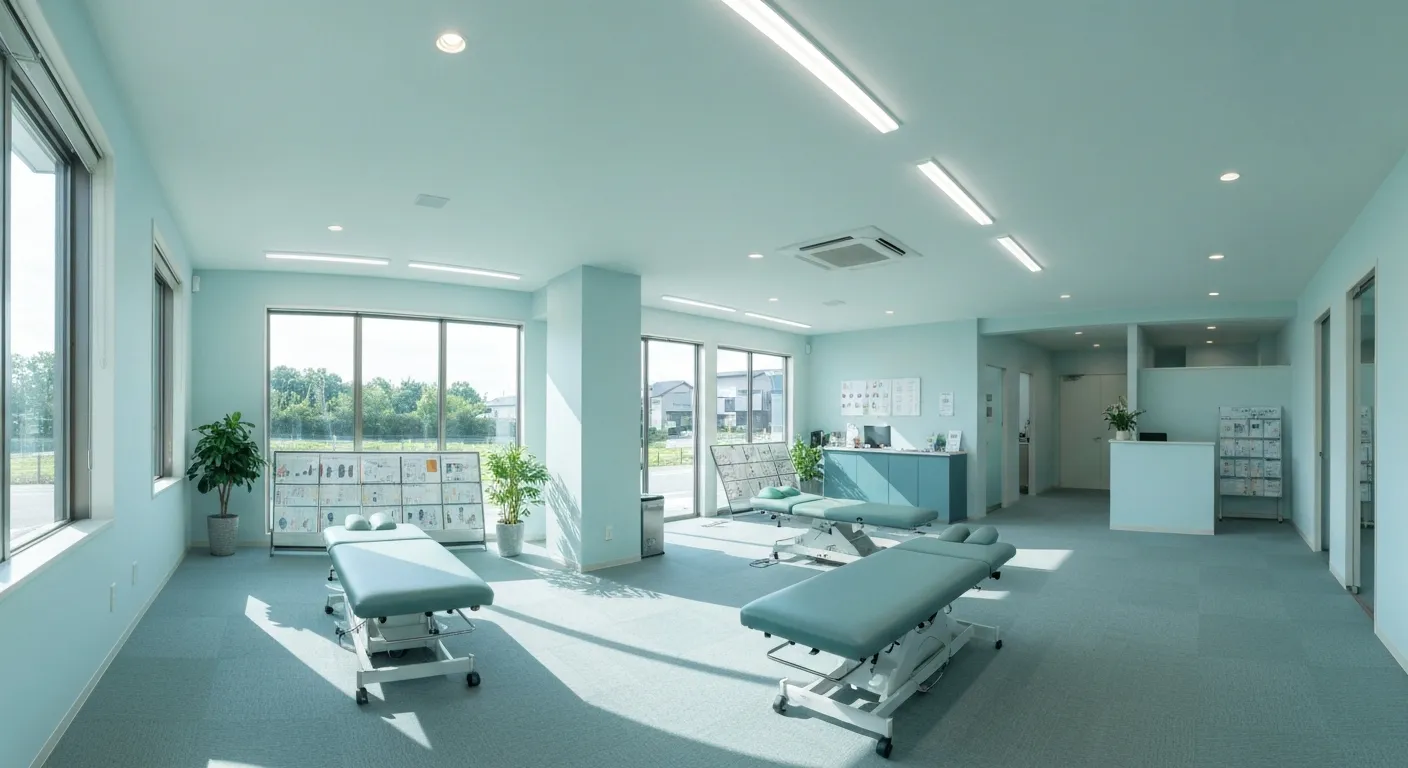
Testimonials That Demonstrate the Benefits of Chiropractic Care
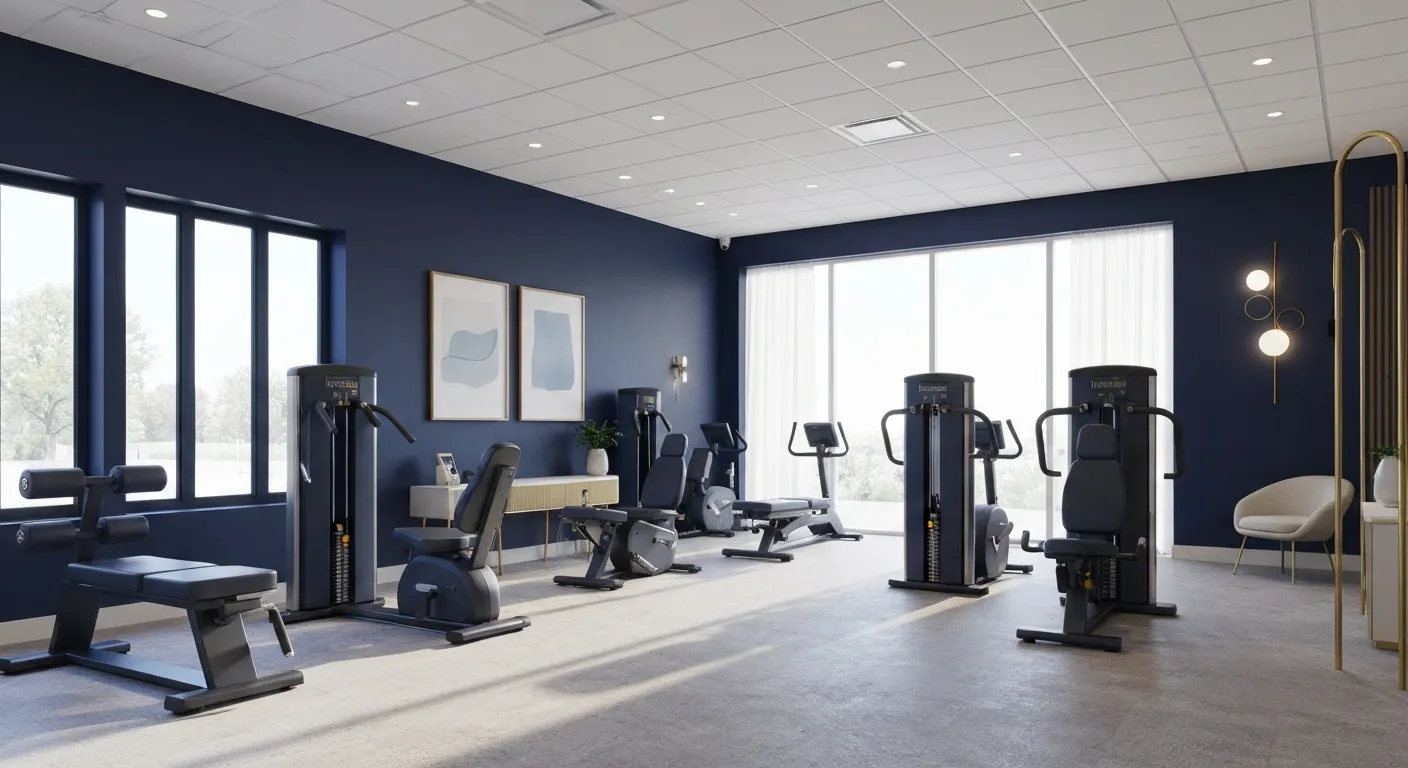
The Power of Corrective Exercises in Pain Management
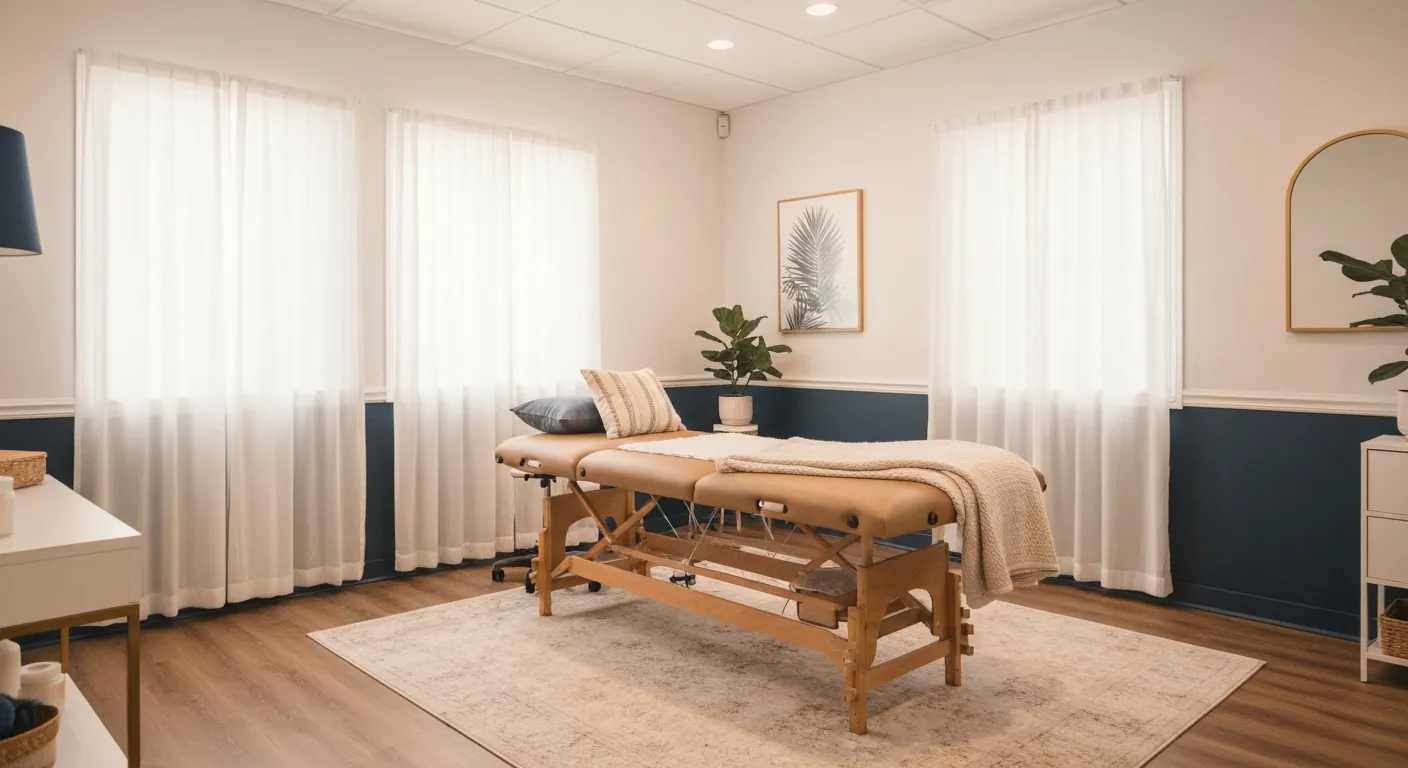
A Step-by-Step Guide to Your Initial Chiropractic Consultation

9 Nutritional Tips to Enhance Your Chiropractic Wellness Journey

Patient Experiences: How Chiropractic Care Changed Their Lives

Lifestyle Recommendations to Keep Your Spine in Top Shape

Effective Corrective Exercises for Long-Term Pain Relief
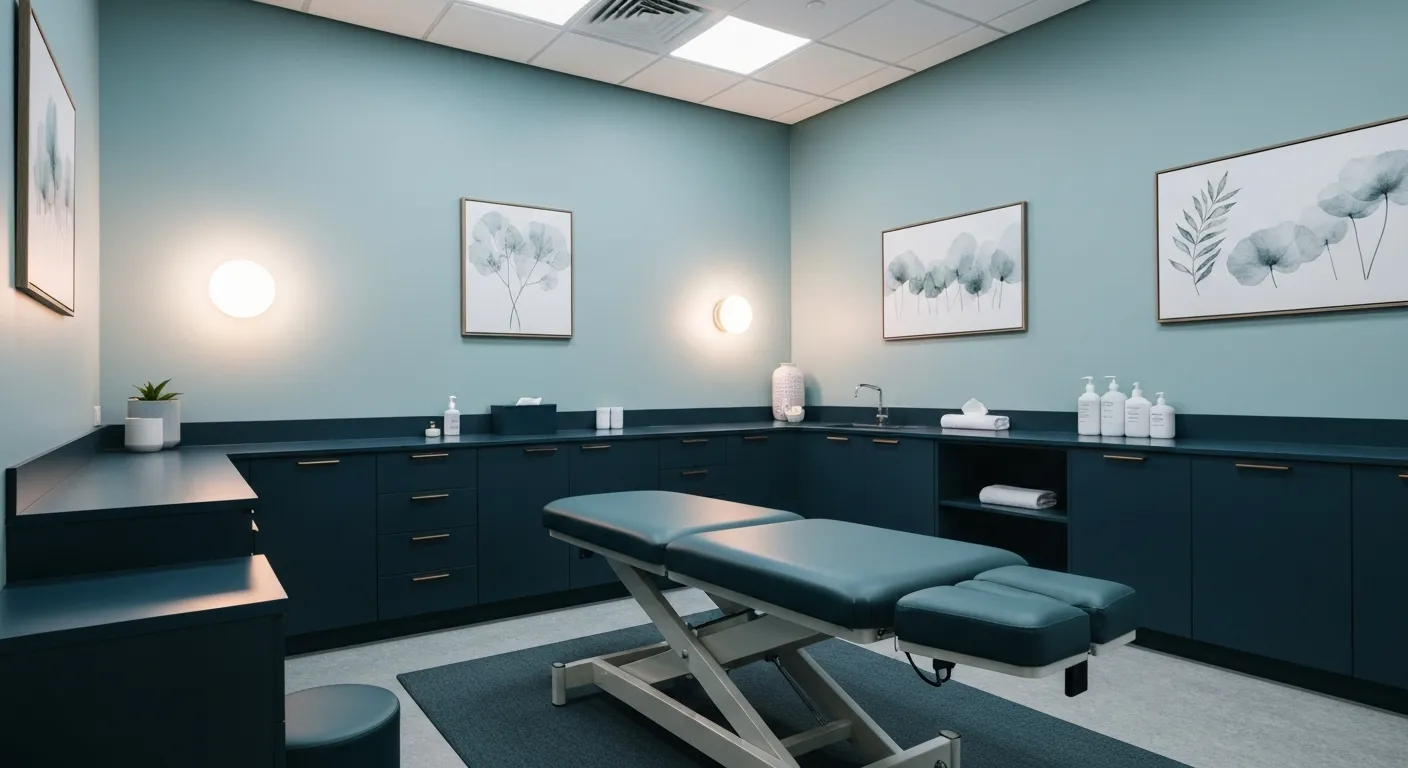
Back Pain Benefits: What Chiropractic Care Can Do for You
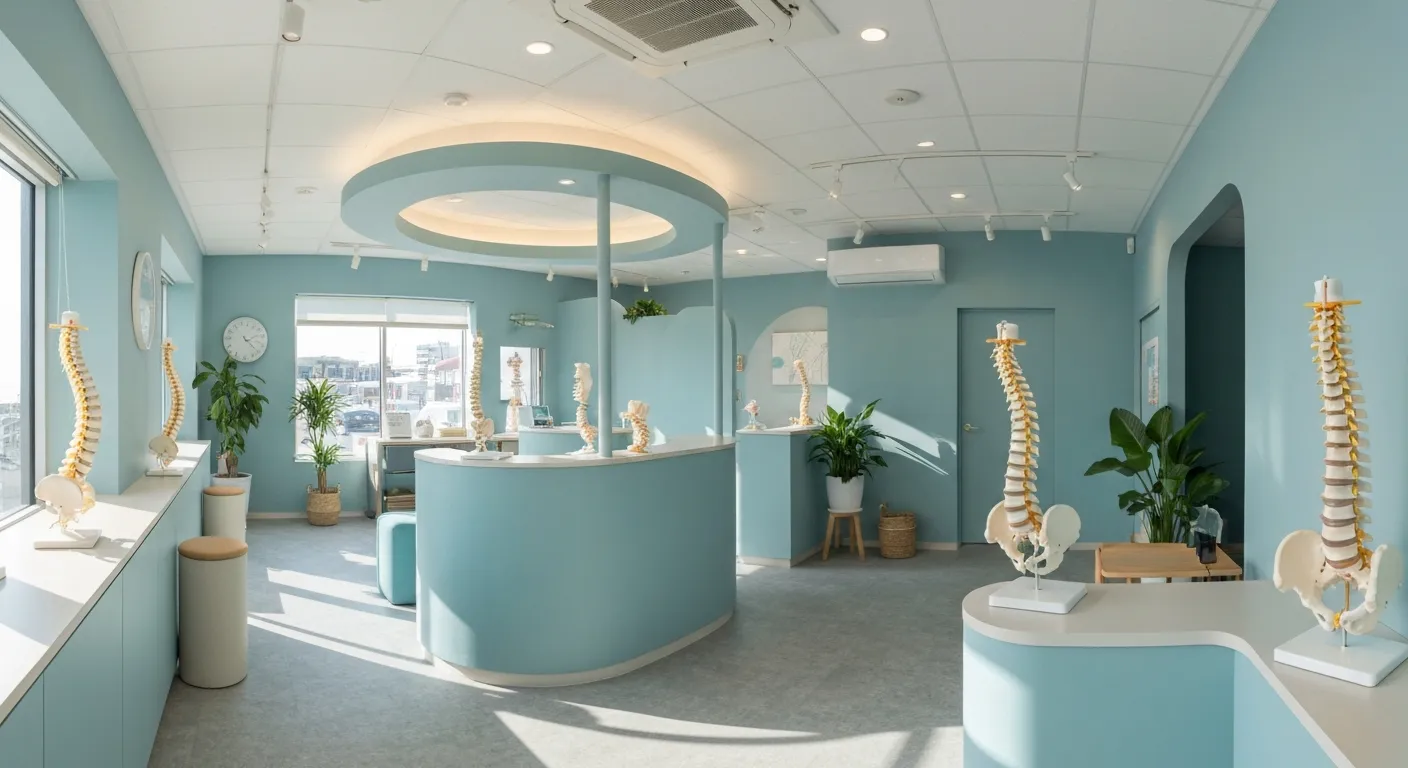
Spinal Decompression Techniques for Effective Sciatica Relief
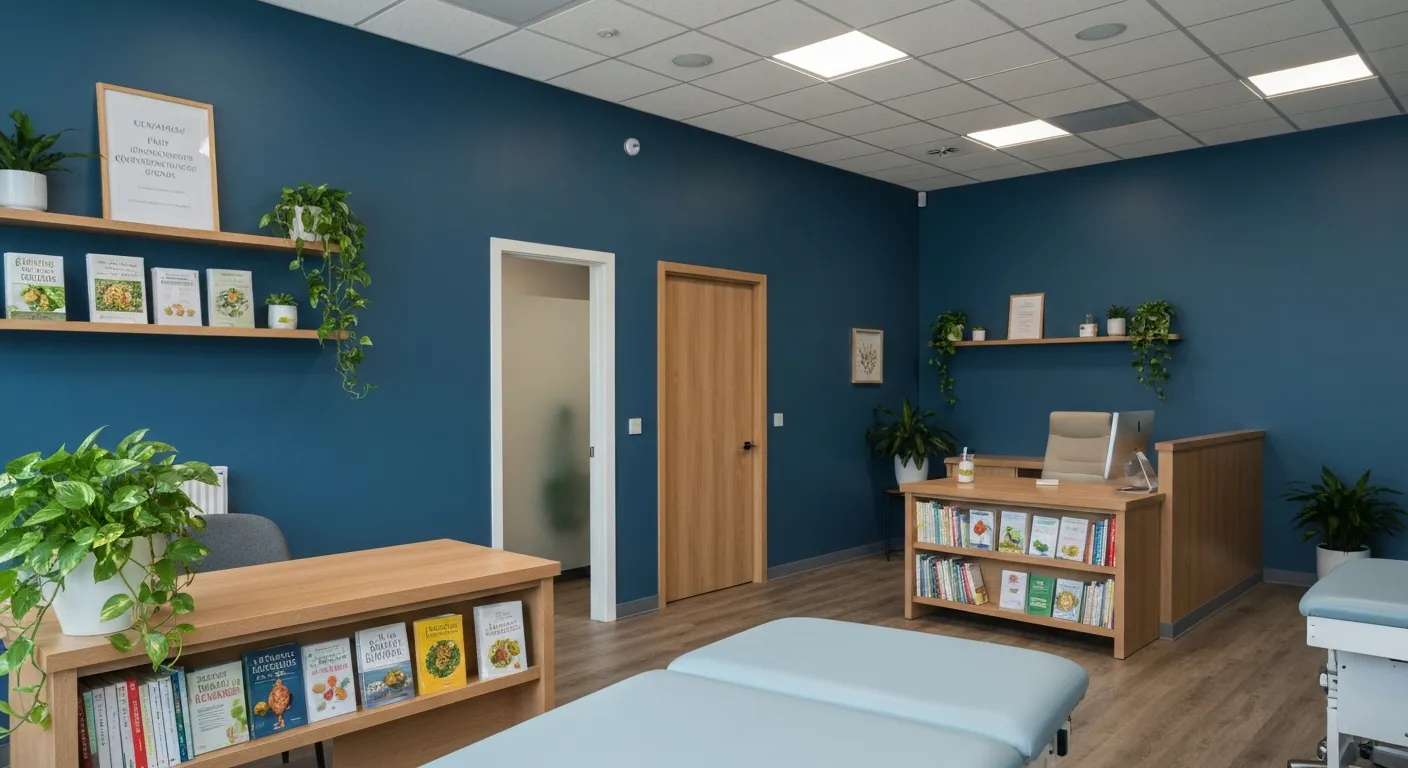
Top Nutritional Counseling Tips for Enhanced Wellness
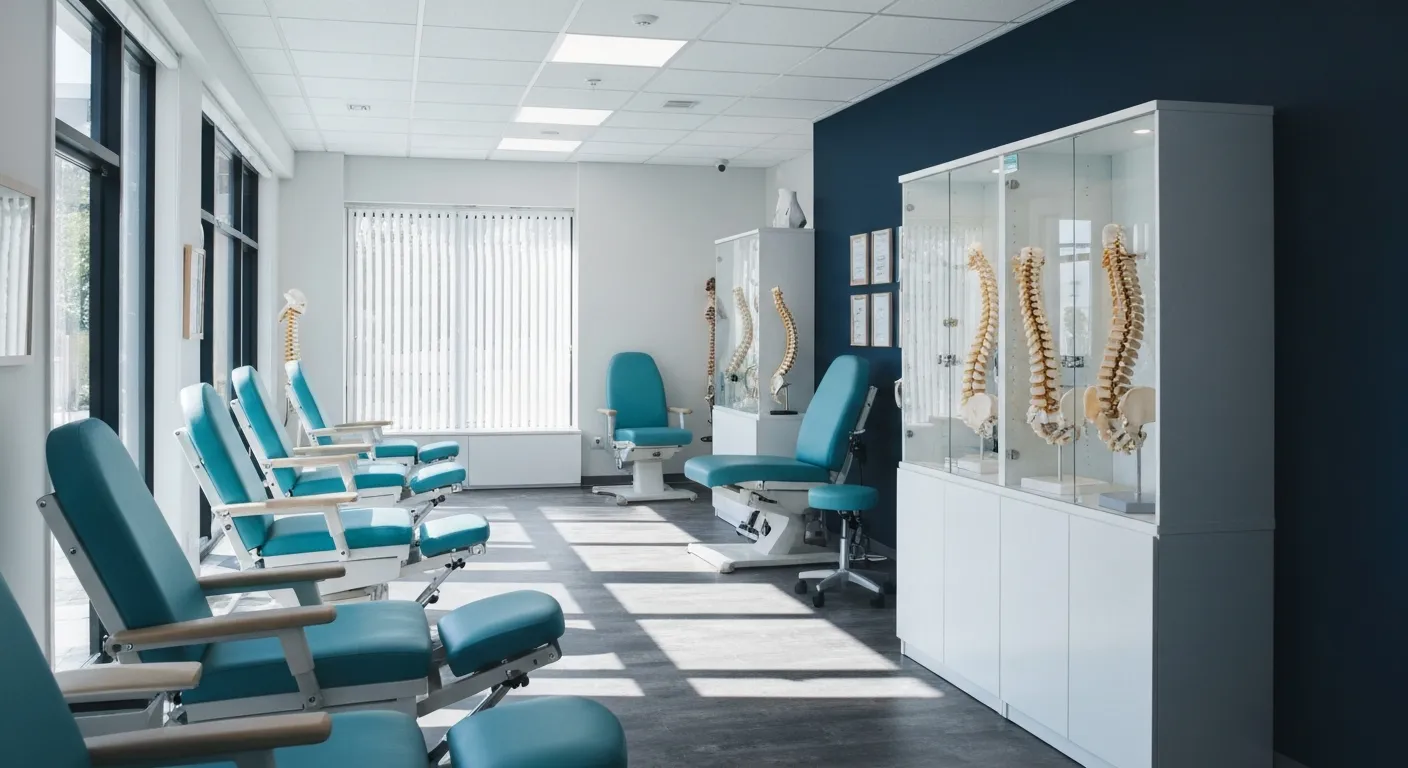
6 Lifestyle Habits That Boost Spine Health Daily

Discover Holistic and Non-Surgical Pain Relief Solutions

Exploring Holistic and Non-Surgical Treatment Options for Pain
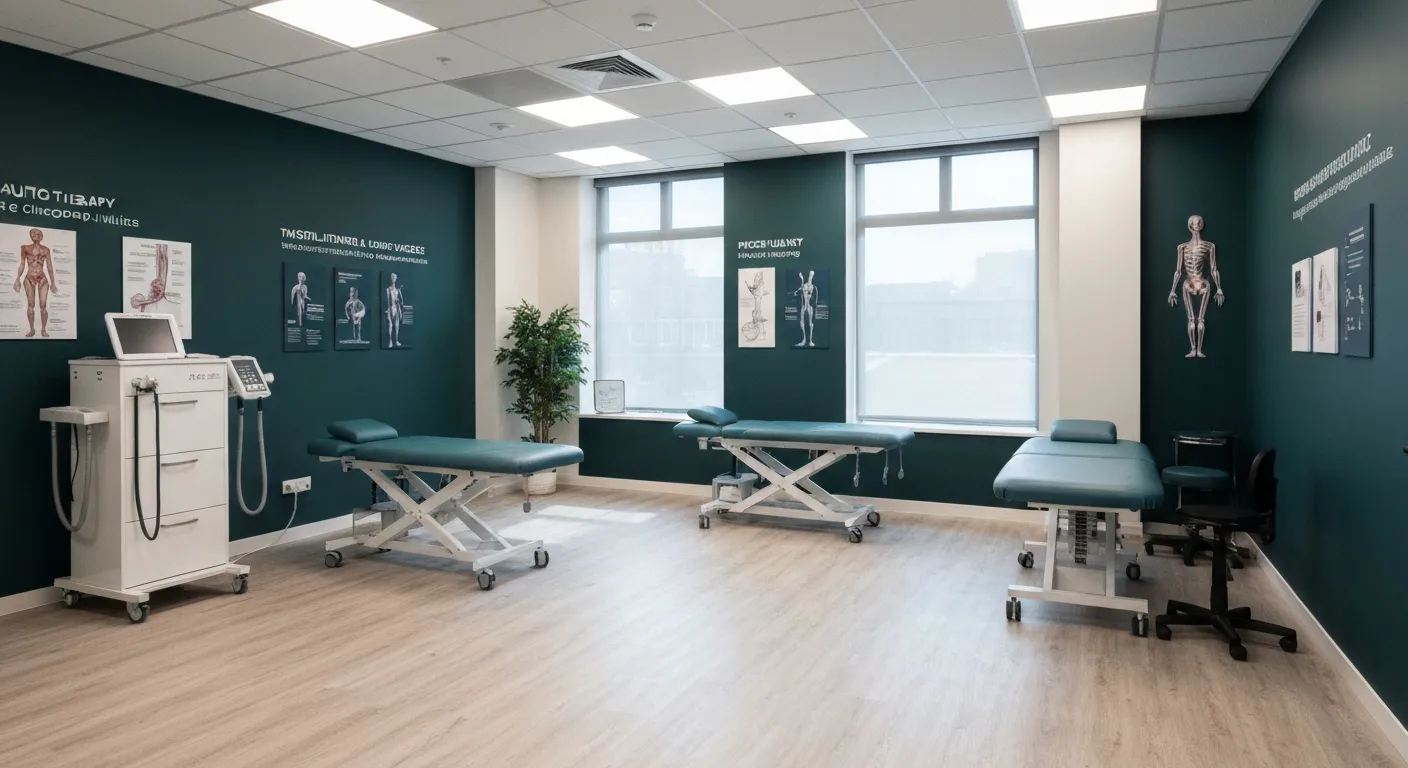
The Role of Physiotherapy in Enhancing Chiropractic Care Outcomes

Complementing Chiropractic Care with Physiotherapy: What You Need to Know
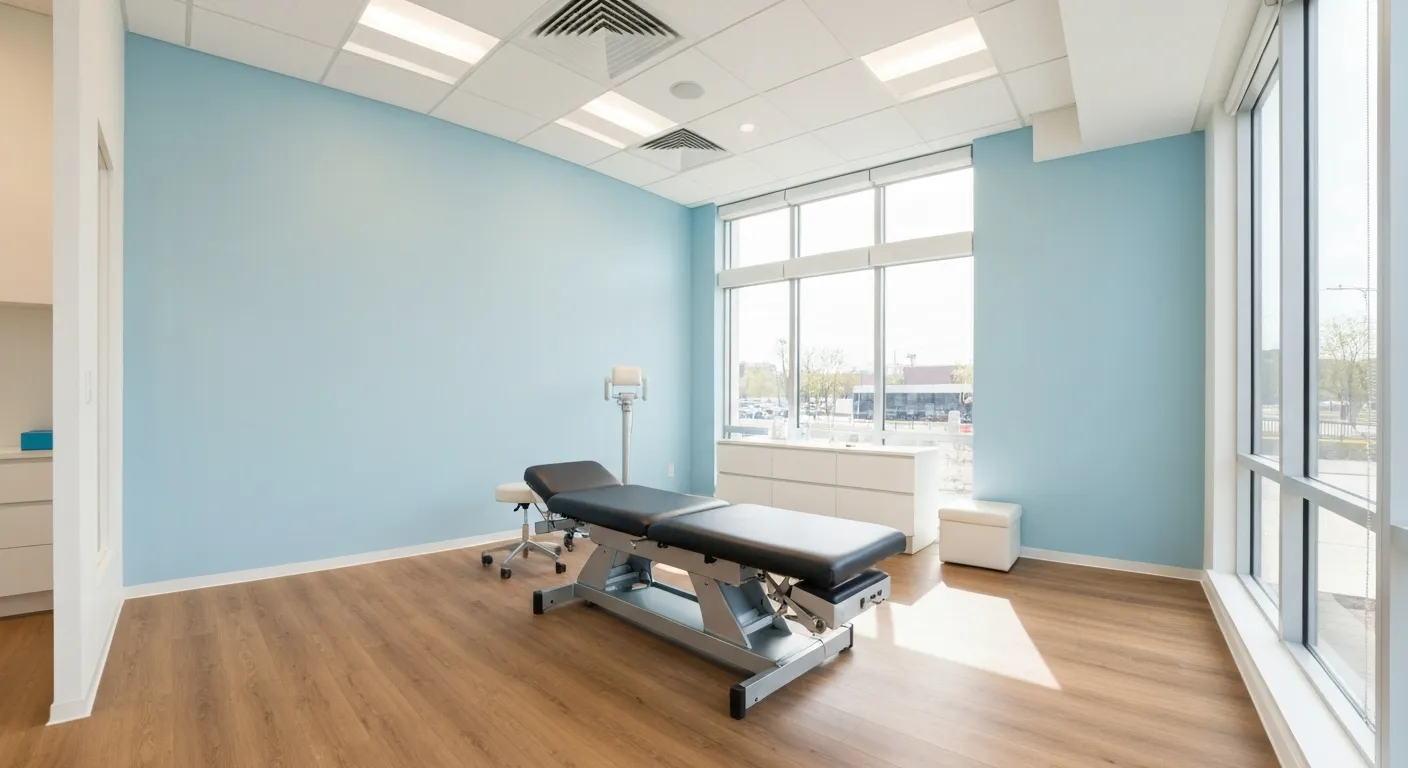
What to Expect During Your First Chiropractic Visit

Simple Lifestyle Adjustments to Maintain a Healthy Spine

Personalized Nutritional Counseling for Improved Health Outcomes

Exploring Non-Surgical Treatments for Spine-Related Conditions

An Introduction to Spinal Decompression for Sciatica Patients

Transformative Success Stories: Patient Experiences with Chiropractic Treatments

Why Chiropractic Care Is Essential for Back Pain Relief

Addressing Underlying Causes Versus Symptom Management in Pain Care

The Role of Nutrition in Enhancing Chiropractic Treatment Effectiveness

Sciatica Treatment Options: Is Spinal Decompression Right for You?

Lifestyle Tips to Maintain a Healthy Spine and Prevent Back Issues

The Synergy Between Physiotherapy and Chiropractic Treatments

What Happens During Your Initial Chiropractic Consultation

Effective Corrective Exercises for Sustainable Pain Management

Taking a Root Cause Approach to Chronic Pain Management

Holistic Pain Management Techniques Without Surgery

How Patient Success Stories Validate Chiropractic Care Benefits

Spinal Decompression: Innovative Treatment for Sciatic Nerve Pain

Spinal Decompression Therapy: A Non-Invasive Approach to Sciatica Relief

Exploring Holistic Approaches Beyond Surgery for Pain Relief

Practical Lifestyle Advice to Support a Healthy Spine Every Day

Corrective Exercise Routines Designed for Long-Term Pain Prevention

Real Patient Stories: Overcoming Chronic Pain with Chiropractic Care

Lifestyle Changes That Promote a Healthy Spine and Prevent Injury

How Addressing the Root Cause of Pain Leads to Lasting Relief

Non-Surgical Holistic Therapies to Manage Chronic Pain Effectively

Nutritional Counseling's Impact on Physical Health and Healing

Benefits of Regular Chiropractic Care for a Stronger Back

Your First Chiropractic Visit: What to Expect and How to Prepare

Patient Experiences: How Chiropractic Care Transformed Their Lives

Exploring Holistic, Non-Surgical Options for Pain Management

Combining Physiotherapy with Chiropractic Treatments for Enhanced Recovery

Holistic Treatments That Offer Alternatives to Surgery for Pain Relief

Corrective Exercise Strategies for Long-Term Spine Health

How Physiotherapy Complements Chiropractic Adjustments for Better Outcomes

First-Time Chiropractic Visitors: What You Should Know

Understanding the Importance of Treating Pain at Its Source

Adopting Lifestyle Changes to Support Your Spine's Wellness

Utilizing Physiotherapy to Enhance Chiropractic Treatment Outcomes

The Key Advantages of Chiropractic Care for Back Pain Sufferers

Why Focusing on Root Causes Improves Pain Treatment Success

Corrective Exercises That Promote Lasting Pain Relief and Mobility

Sciatica Relief Through Targeted Spinal Decompression Techniques

Preparing for Your First Chiropractic Appointment with Confidence

Healthy Lifestyle Habits for Maintaining Spinal Alignment

Success Stories Highlighting Chiropractic's Role in Pain Recovery

Top Benefits of Chiropractic Care for Chronic Back Pain

Nutrition Tips to Boost Your Overall Wellness and Recovery

How Chiropractic Care Alleviates Back Pain Naturally

How Nutritional Counseling Supports Overall Wellness and Spine Health

Step-by-Step Guide to Your First Visit with a Chiropractor

Using Nutrition to Support Chiropractic and Overall Wellness

Integrating Physiotherapy in Your Chiropractic Healing Journey

How Physiotherapy Complements Chiropractic Adjustments for Faster Healing

Lifestyle Tips for Maintaining a Healthy Spine and Preventing Back Pain

Heartwarming Patient Testimonials Highlighting Chiropractic Success

How Proper Nutrition Supports Chiropractic and Physiotherapy Treatments

Combining Physiotherapy and Chiropractic Treatments for Optimal Recovery

Why Chiropractic Treatments Are Effective for Managing Back Pain

Choosing a Chiropractor: Tips for Finding a Trusted Provider

Integrating Physiotherapy and Chiropractic: Benefits and What to Expect

How Tailored Corrective Exercises Can Aid in Pain Management

Chiropractic Care: A Proven Solution for Alleviating Back Pain

What to Expect at Your First Chiropractic Visit: A Comprehensive Guide

The Importance of Root Cause Analysis in Effective Pain Management

The Role of Corrective Exercises in Sustaining Pain-Free Living

Combining Chiropractic and Physiotherapy for Comprehensive Pain Relief

How Addressing Underlying Causes Improves Pain Treatment Effectiveness

Maintaining Spinal Health Through Lifestyle Changes and Preventive Care

Understanding the Benefits of Chiropractic Adjustments for Back Pain Sufferers

